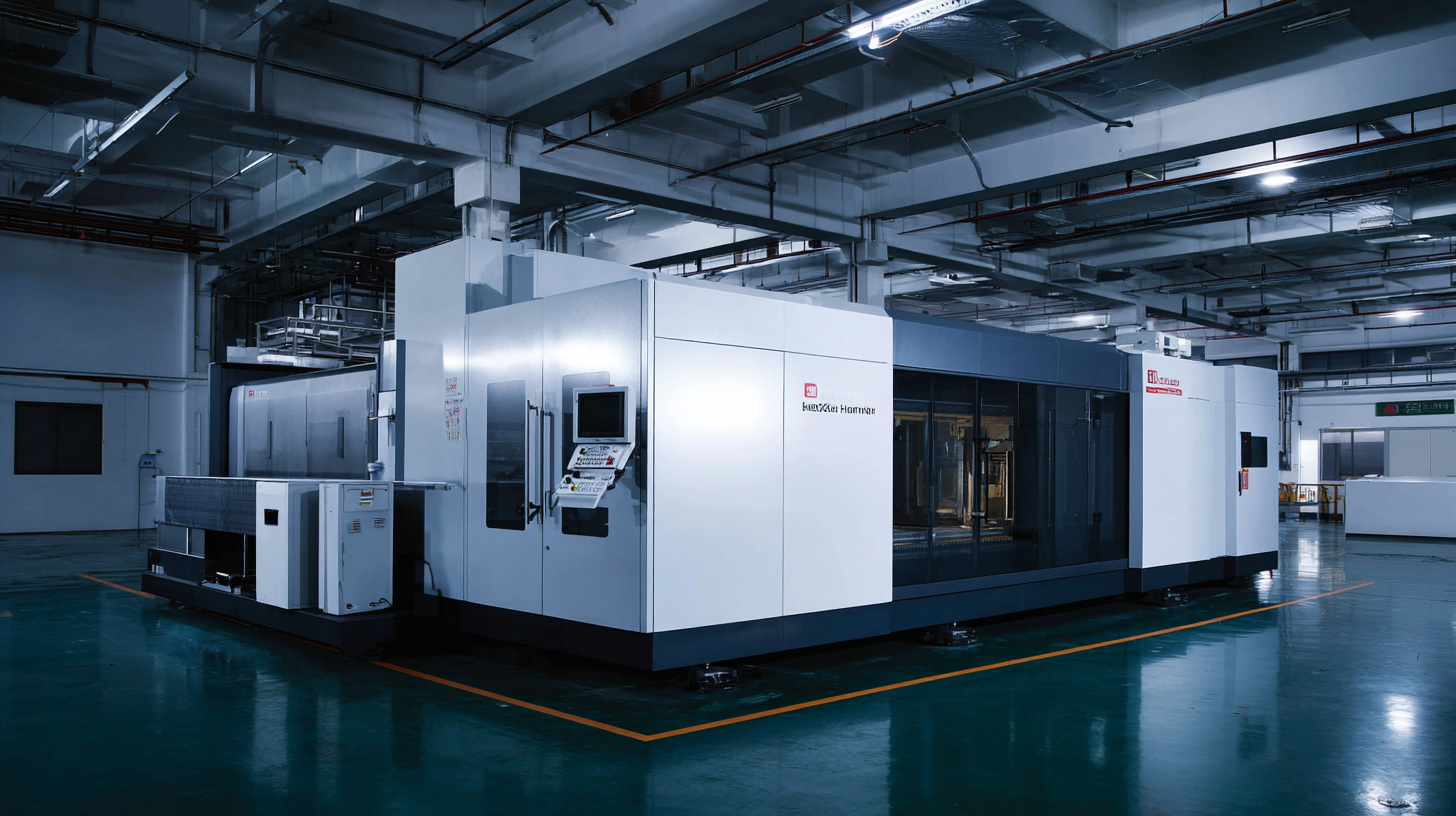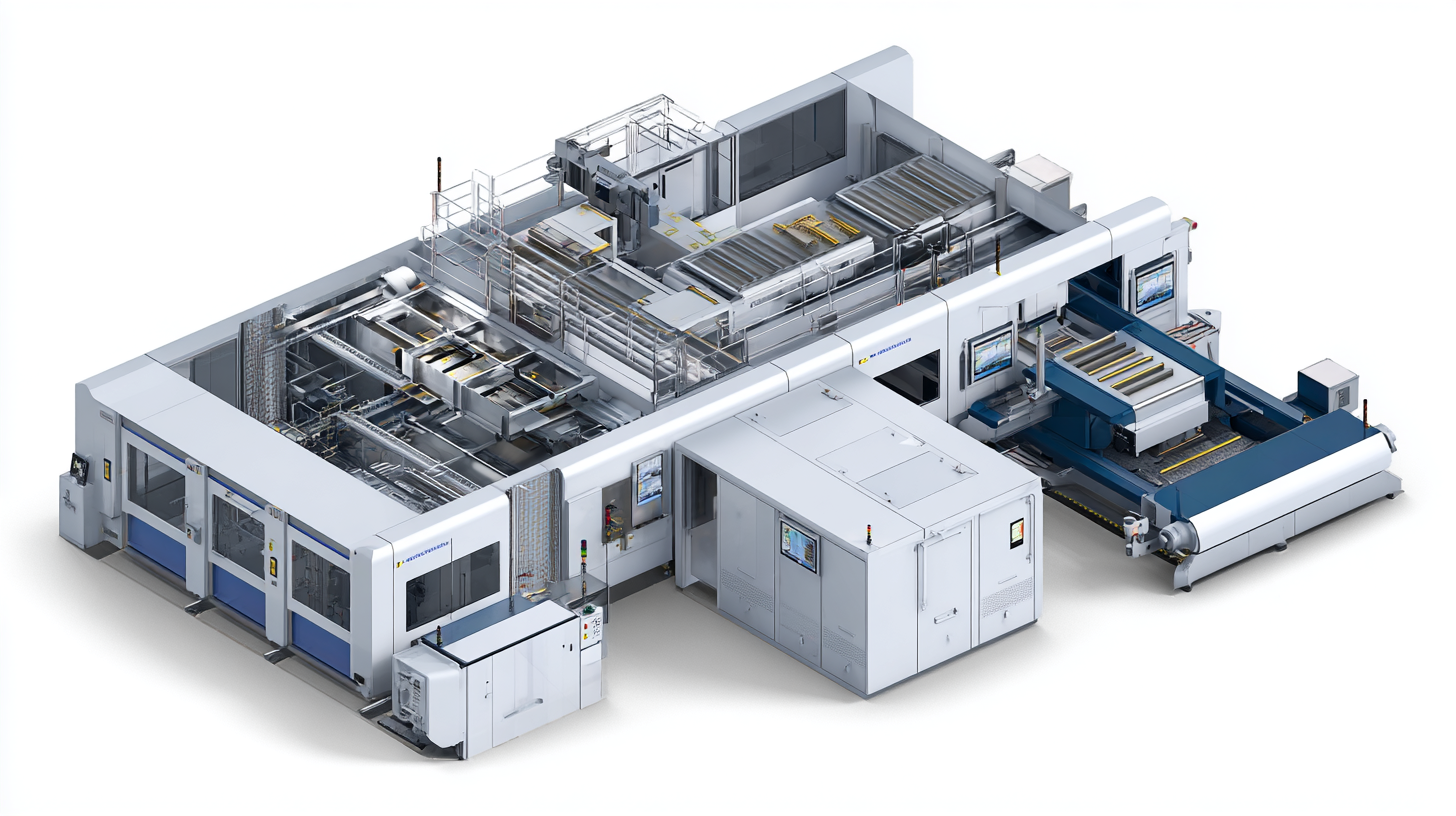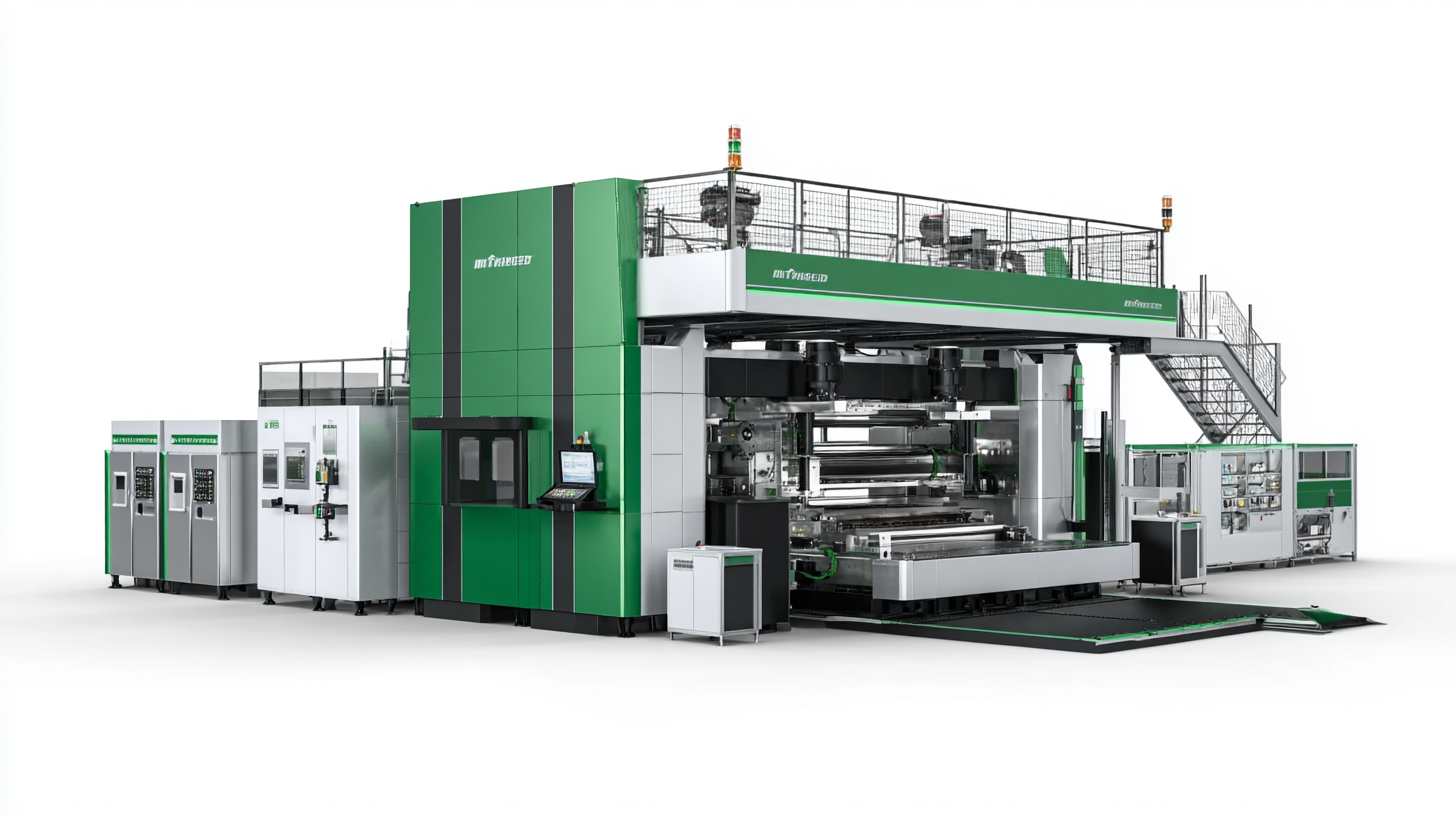


In the rapidly evolving landscape of industrial manufacturing, the demand for precision and efficiency has never been greater, particularly in the realm of flat dies laser cutting machines. According to a report by Research and Markets, the global laser cutting machine market is expected to reach approximately $4.9 billion by 2025, growing at a CAGR of 6.5% from 2020 to 2025. As manufacturers strive to maximize productivity while minimizing costs, after-sales support and maintenance strategies have become pivotal in achieving operational excellence. By implementing effective support systems and cost management practices, manufacturers can not only enhance the longevity of their flat dies laser cutting machines but also significantly reduce downtime and operational expenditures, enabling factories to maintain a competitive edge in the global market. This blog will explore innovative strategies for optimizing after-sales support and maintenance costs in order to unlock the full potential of these cutting-edge technologies.

After-sales support is crucial for maximizing the efficiency of flat dies laser cutting machines. One of the best practices in this area is to ensure that customers have access to timely technical assistance. This can be achieved through a dedicated support hotline and online resources like FAQs and instructional videos. When users encounter issues, prompt access to expert advice can minimize downtime and enhance operational efficiency.

Another important strategy is to implement a proactive maintenance schedule. Regular check-ups and technical audits can help identify potential issues before they escalate, reducing unexpected breakdowns. Additionally, providing customers with detailed maintenance manuals and easy-to-follow guidelines will empower them to perform routine checks, ensuring their machines remain in optimal condition. By emphasizing training sessions and workshops that focus on both machine operation and maintenance practices, manufacturers can foster a better understanding among users, leading to increased satisfaction and productivity.
Understanding the maintenance cost breakdown for laser cutting equipment is crucial for maximizing efficiency. Regular servicing, replacement of parts, and technician visits contribute significantly to the overall expenses. Many businesses overlook the hidden costs associated with downtime due to equipment repairs, which can lead to lost productivity and revenue. By effectively managing these maintenance costs, companies can minimize the impact of disruptions on their operations.
Tips for managing maintenance costs include scheduling routine check-ups to catch issues before they escalate. Implementing a predictive maintenance strategy can also prove beneficial; utilizing data analytics can help forecast when repairs are likely to be needed, allowing businesses to plan accordingly. Additionally, investing in high-quality materials and parts can reduce the frequency of breakdowns, ensuring that machines operate smoothly over a longer period.
Another important aspect is training staff to maintain the equipment properly. Well-informed operators can identify minor issues before they turn into costly repairs. By empowering employees with knowledge about the machines they work with, businesses can cultivate a proactive maintenance culture, ultimately leading to increased efficiency and reduced costs in the long run.
This chart represents the breakdown of maintenance costs associated with flat dies laser cutting machines. The data showcases the percentage of costs attributed to different maintenance activities.
In the laser cutting industry, minimizing downtime is crucial for maximizing productivity and maintaining competitive advantage. According to a report by MarketsandMarkets, the global laser cutting machine market is projected to reach $5.7 billion by 2025, highlighting the growing reliance on these technologies. One effective strategy to reduce downtime involves implementing predictive maintenance, which utilizes data analytics to foresee machine failures before they happen. Research from the Institute of Industrial Engineers shows that predictive maintenance can decrease machine downtime by up to 30%, allowing operators to schedule repairs during non-peak hours and prolonging equipment lifespan.
Additionally, optimizing after-sales support is essential in minimizing operational disruptions. A staggering 70% of companies report that a responsive after-sales service dramatically impacts overall productivity, according to a study by McKinsey & Company. Companies that invest in comprehensive training programs for their technical staff can significantly improve their problem-solving capabilities, ensuring quicker response times during equipment malfunctions. Utilizing cloud-based monitoring systems can further enhance support by providing real-time data, enabling technicians to diagnose issues remotely and expedite the necessary solutions. This holistic approach not only reduces downtime but also fosters a more efficient operational environment in the competitive realm of laser cutting.
| Strategy | Description | Estimated Cost Savings (%) | Downtime Reduction (Hours/Month) |
|---|---|---|---|
| Preventative Maintenance | Regularly scheduled maintenance to prevent machine failure. | 15% | 5 |
| Training Programs | Conducting operator training to reduce user errors. | 10% | 3 |
| Remote Diagnostics | Using software to diagnose issues before they escalate. | 20% | 4 |
| Improved Spare Parts Inventory | Maintaining an adequate inventory of spare parts. | 12% | 2 |
| Scheduled Upgrades | Implementing upgrades to enhance machine performance. | 18% | 6 |
In the realm of after-sales support for flat dies laser cutting machines, measuring efficiency is paramount to driving operational improvements. A recent systematic review highlights that implementing Customer Relationship Management (CRM) systems can significantly enhance small and medium-sized enterprises (SMEs) performance, emphasizing metrics such as customer retention rates and sales growth. By focusing on these metrics, companies can streamline their support strategies, ensuring they maximize customer satisfaction while minimizing maintenance costs.
Additionally, the integration of artificial intelligence (AI) in customer support is reshaping the landscape of after-sales services. AI-driven support systems not only enhance user experience but also improve operational efficiency. For instance, companies tracking key performance indicators (KPIs) related to response times and resolution efficiency can see direct correlations to increased customer loyalty and reduced support costs. As indicated in industry reports, effective utilization of these metrics enables firms to fine-tune their after-sales service approaches, ultimately leading to better resource allocation and enhanced overall performance.
Optimizing spare parts inventory is critical for achieving cost-effective maintenance solutions in the competitive landscape of flat dies laser cutting machines. Studies, such as those from the International Journal of Advanced Manufacturing Technology, indicate that well-managed inventories can reduce maintenance costs by up to 30% while minimizing downtime. This is particularly significant given that equipment failure can lead to production losses amounting to approximately $260,000 per hour, as reported by the Manufacturing Institute.
To streamline inventory management, companies should adopt data-driven approaches, such as predictive analytics, to forecast spare parts demand accurately. Research by the Aberdeen Group suggests that organizations utilizing predictive maintenance can cut their inventory holding costs by 25% and improve parts availability by 20%. By analyzing historical usage patterns and equipment performance, manufacturers can ensure that critical spare parts are readily available, thus enhancing operational efficiency and maintaining the competitiveness of their laser cutting operations.
